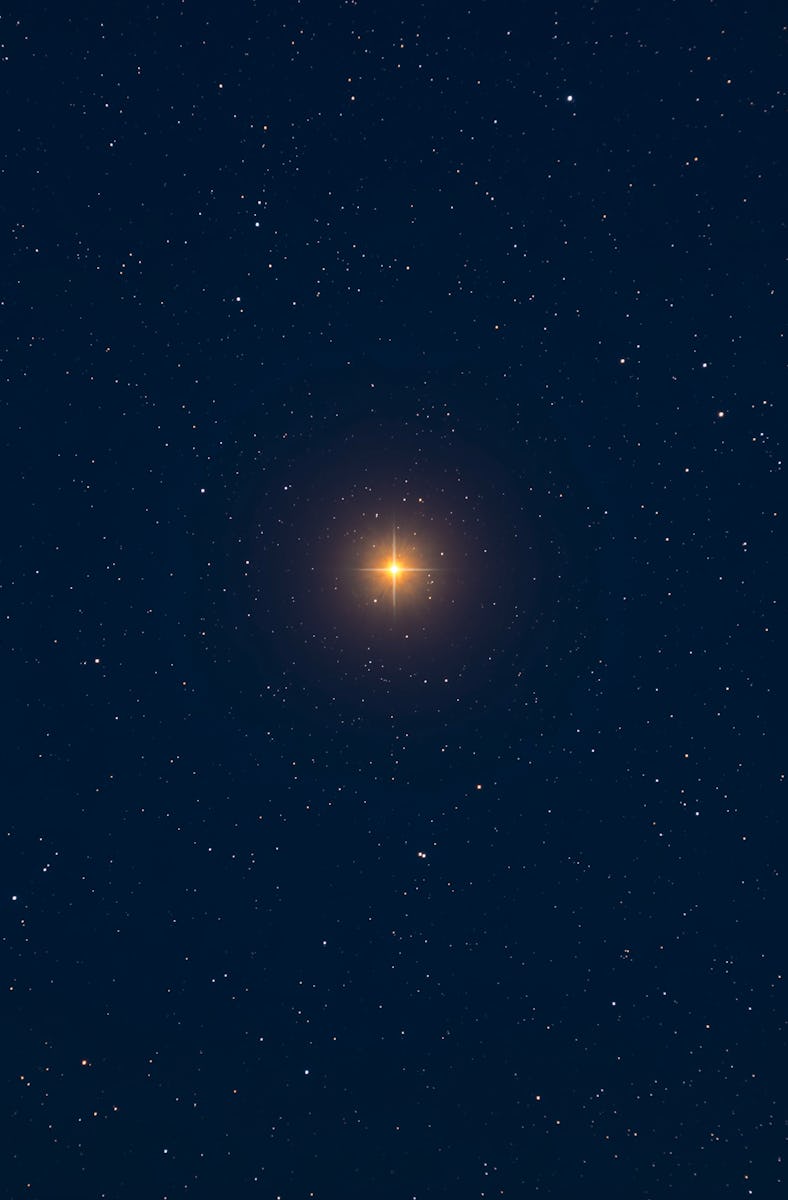What’s Happening To Betelgeuse? The Supergiant Star Is About to Go Dark
Betelgeuse stays on our minds.

Betelgeuse, the famous orange-red star shining prominently against the twinkling cohort of the Orion constellation, will soon go dark.
The supergiant star will take a notable absence from Orion's left shoulder on December 11 at 8:17 p.m. ET, if you happen to be sky-gazing from southern Florida, southern Spain, southern Italy, northern Turkey, or Central Asia.
An asteroid called Leona will pass in front of the red star, blocking its light for 10 seconds, according to the International Occultation Timing Association’s Occult Watcher. That's owing to the 50-kilometer-wide Leona dwelling in the Solar System, and supergiant Betelgeuse (which NASA says is 700 times the size of the Sun) sitting much farther away, some 700 light-years from Earth.
What’s going on with Betelgeuse?
“An occultation of a 1st-magnitude star is rare,” Sky & Telescope magazine reported on Tuesday. “Such an event is visible from Earth only every few decades.”
Betelgeuse, the pale orange star located above the center of the image, was fainter than usual in February 2020 because of the Great Dimming event.
Betelgeuse is the night sky’s 10th brightest star. The massive star is only 10 million years old, or 500 times younger than the Sun. As it reaches the end of its short life, the star has been fluctuating in funny ways.
Across the world and over the centuries, astronomers have noticed that Betelgeuse and other red-giant stars can change in color and brightness. In 2019, people noticed that Betelgeuse was significantly dimmer than usual. Although the star experiences 400-day and five-year cycles of light changes, whatever happened four years ago made the star dim by about 60 percent, according to NASA.
The 2019 event, called the Great Dimming, was likely the result of a cloud of dust blocking the red supergiant’s light. It likely came from inside the star, a stellar belch that released several times the mass of the Moon in material.
Leona is the latest curtain to fall in front of Betelgeuse. Leona has nothing to do with Betelgeuse’s inner workings, but its trip across Betelgeuse’s face (from the perspective of certain places on Earth) is an opportunity astronomers don’t want to miss.
The occultation might be a unique chance to learn about the surface of the star, somewhat like how solar eclipses allow scientists to spot unique formations on the Sun, as the Moon’s shadow blocks most of the starlight.
“[Betelgeuse] is a large red supergiant, and while Leona will move in front of it as seen from Earth, we will be hopefully able to learn more about its large convective cells, driving its variable brightness,” Gianluca Masi, Director of the Virtual Telescope Project in Italy, commented in an announcement of their occultation Livestream.
Betelgeuse will one day explode as a supernova. The spectacle will look vivid in Earth’s skies. While avid sky gazers hope to see that moment in their lifetimes, Leona brings a new reason to keep looking up at the dazzling star.